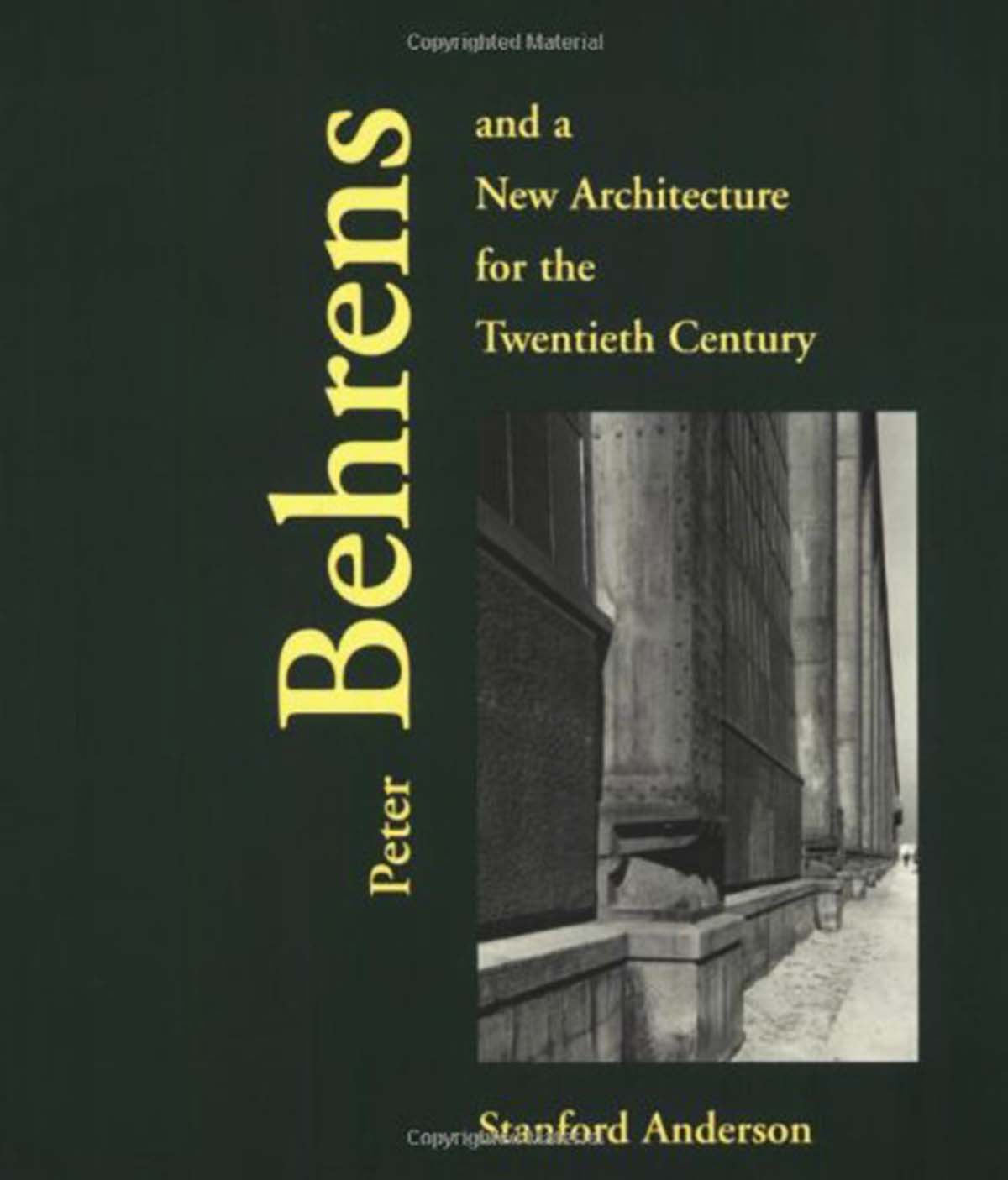Submitted by WA Contents
MIT Professor Stanford Anderson dies at 81
United States Architecture News - Jan 18, 2016 - 14:00 7054 views

Stanford Anderson. image © Nancy Royal
Stanford Anderson, professor of history and architecture and a former head of the Department of Architecture at MIT died on Jan. 5 and he was 81. In MIT's press release, Anderson presented as one of the country’s leading architectural historians, Anderson joined the faculty in 1963 for an extraordinary career at MIT that spanned more than 50 years. His research and writing concerned architectural theory, early modern architecture in northern Europe, American architecture and urbanism, and epistemology and historiography. But Anderson’s profound contributions as an author and intellectual, his colleagues say, are matched by his influence on MIT and how he formed the department’s shape and stature today.

Baker House in USA, designed by Alvar Aalto. image courtesy of MIT.
“Stanford's contributions over the past 50 years were enormous. He was a distinguished professor, significant scholar, generous mentor, and the long-term intellectual consciousness of the department,” says J. Meejin Yoon, professor and head of the Department of Architecture. “Many of us, directly or indirectly, are deeply indebted to his stewardship, generosity, and legacy.”

image courtesy of MIT.
Anderson served as head of the Department of Architecture for 13 years, from 1991 through 2004, as well as chair of the joint Harvard/MIT Aga Khan Program Committee from 1992-99. In 1974, he co-founded the department’s History, Theory and Criticism (HTC) Program with architectural historian Henry Millon and art historians Wayne Andersen and Rosalind Krauss, then directed the program from 1974-91 and again in 1995-96. Under his leadership, HTC grew to have an unusually large impact on the field, given its modest size.

one of Anderson's selected publications: Anderson, Stanford, Gail Fenske, and David Fixler Aalto and America. New Haven, CT: Yale University Press, 2012. image courtesy of MIT.
"Stan Anderson was a historian and historiographer, a critical interlocutor of contemporary practice, and most notably an educator’s educator," says Hashim Sarkis, dean of the School of Architecture and Planning. "His leadership of the History, Theory and Criticism discipline group made MIT one of the strongest bastions of architectural history in the world and has graduated generations of preeminent historians and theorists whose impact on the field continues to grow. His legacy is unmatched."

one of Anderson's selected publications: Anderson, Stanford, Karen Grunow, and Carsten Krohn Jean Krämer: Architect. Weimar: Werlagshaus Römerweg, 2015. image courtesy of MIT.
According to one of his former students, current MIT Professor Mark Jarzombek, “Stanford Anderson championed an approach to design that was not a one-off, but that could stand the test of time as a research activity that allowed multiple factors and issues to be taken into consideration.”

one of Anderson's selected publications: Anderson, Stanford Eladio Dieste: Innovation in Structural Art. Princeton. NJ: Princeton Architectural Press, 2004. image courtesy of Amazon.
“Stan always understood how transformative it would be on both sides — the critical perspective of history being brought into focus for designers and the feedback of living design problems being brought to bear on the practice of academic historians,” said Caroline Jones, a professor and current director of the HTC Program, at Anderson’s retirement in 2014. “This little PhD program changed what it meant to be an architect coming out of MIT. It also raised the bar for how architecture schools elsewhere needed to train tomorrow’s designers.”

one of Anderson's selected publications: Anderson, Stanford Peter Behrens and a New Architecture for the Twentieth Century. Cambridge, MA: The MIT Press, 2002.image courtesy of Amazon.
> via news.mit.edu